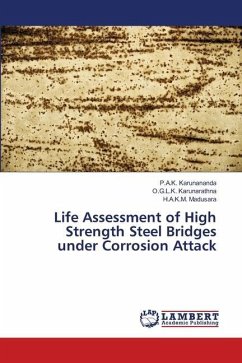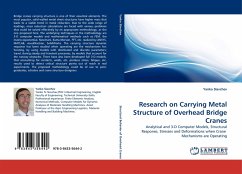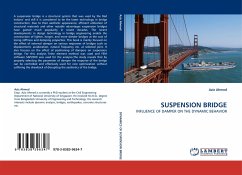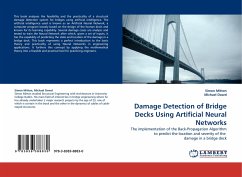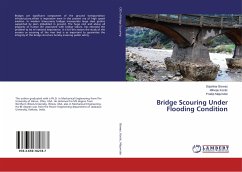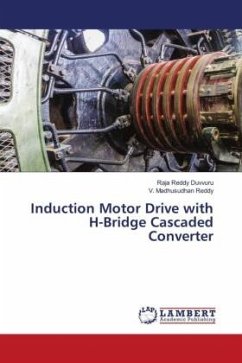
Development of a Bridge Weigh-In-Motion System
A technology to convert the bridge response to the passage of traffic into data on vehicle configurations, speeds, times of travel and weights
Versandkostenfrei!
Versandfertig in 6-10 Tagen
52,99 €
inkl. MwSt.

PAYBACK Punkte
26 °P sammeln!
Weigh-in-Motion (WIM) data can be used to predict future traffic volumes and weights for the planning of new infrastructure, the management of maintenance activities, the identification/reduction of overloading problems and the evaluation of the performance of pavements and bridges. Most WIM systems are based on sensors placed in or on the pavement that measure the wheel force applied over them during a very short time. The value of this force varies as a result of road roughness and vehicle dynamics leading to limited accuracy for estimating static weights. Additionally, these systems experie...
Weigh-in-Motion (WIM) data can be used to predict future traffic volumes and weights for the planning of new infrastructure, the management of maintenance activities, the identification/reduction of overloading problems and the evaluation of the performance of pavements and bridges. Most WIM systems are based on sensors placed in or on the pavement that measure the wheel force applied over them during a very short time. The value of this force varies as a result of road roughness and vehicle dynamics leading to limited accuracy for estimating static weights. Additionally, these systems experience durability problems due to traffic and environmental conditions. An alternative approach to WIM that addresses these limitations is the use of an instrumented bridge to weigh vehicles (B-WIM). This approach is the subject of research in this book. Inaccuracies derived from discrepancies between theoretical B-WIM algorithms and bridge measurements are investigated both theoretically and experimentally. The text also describes the development of a B-WIM system in Ireland, including all aspects of installation, calibration, data collection and its processing into useful traffic information.



